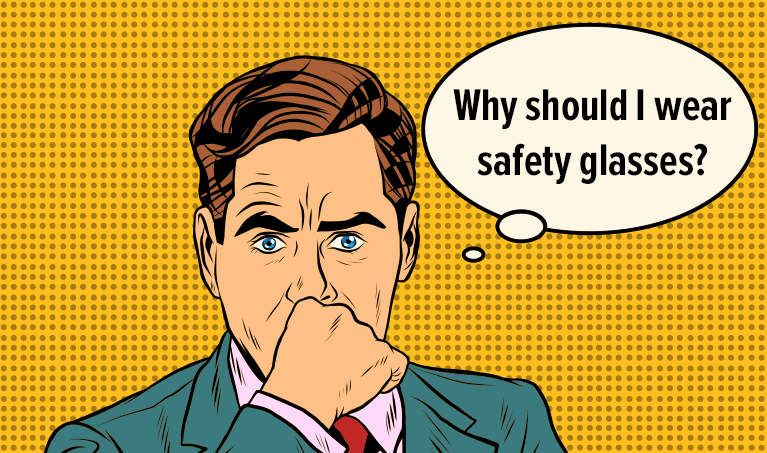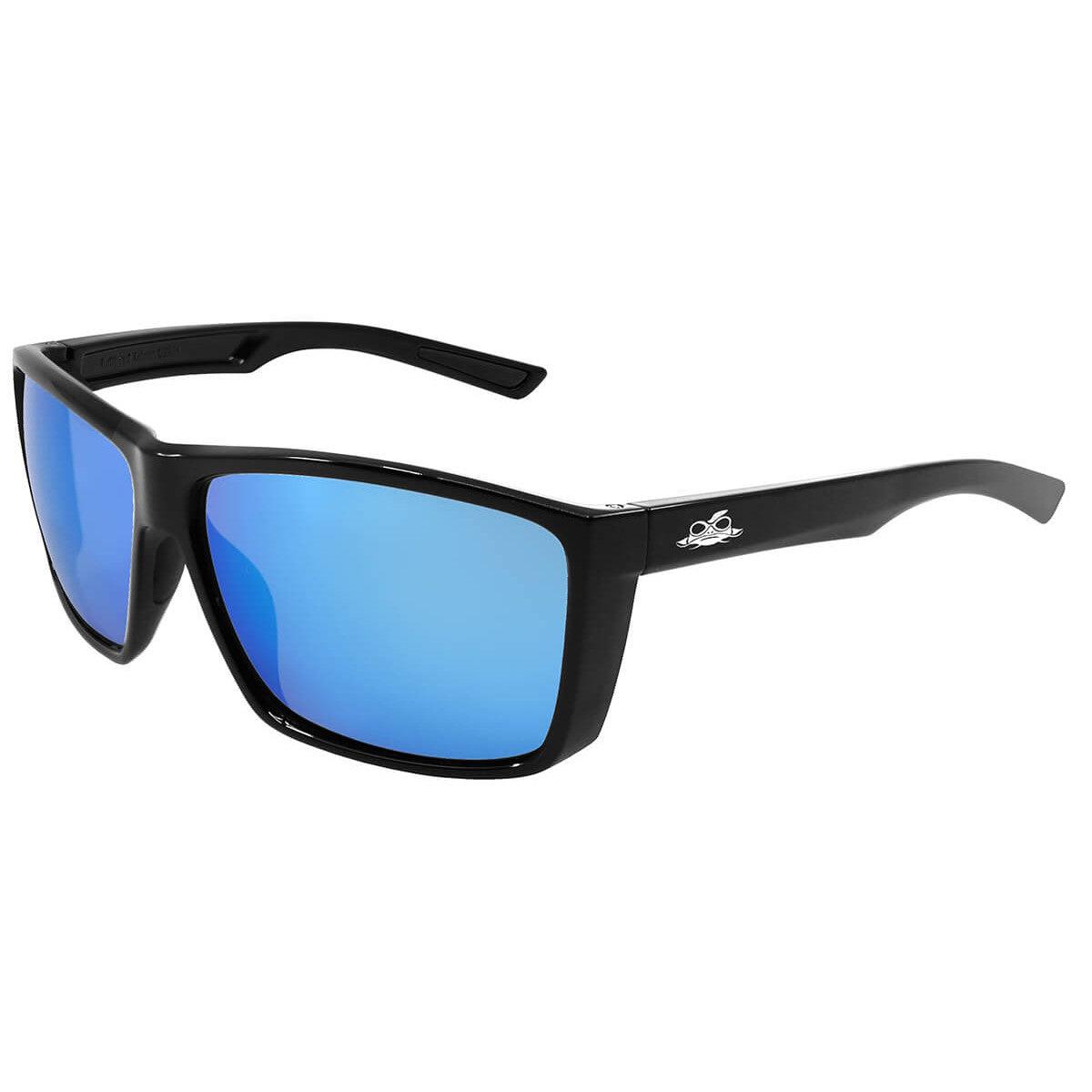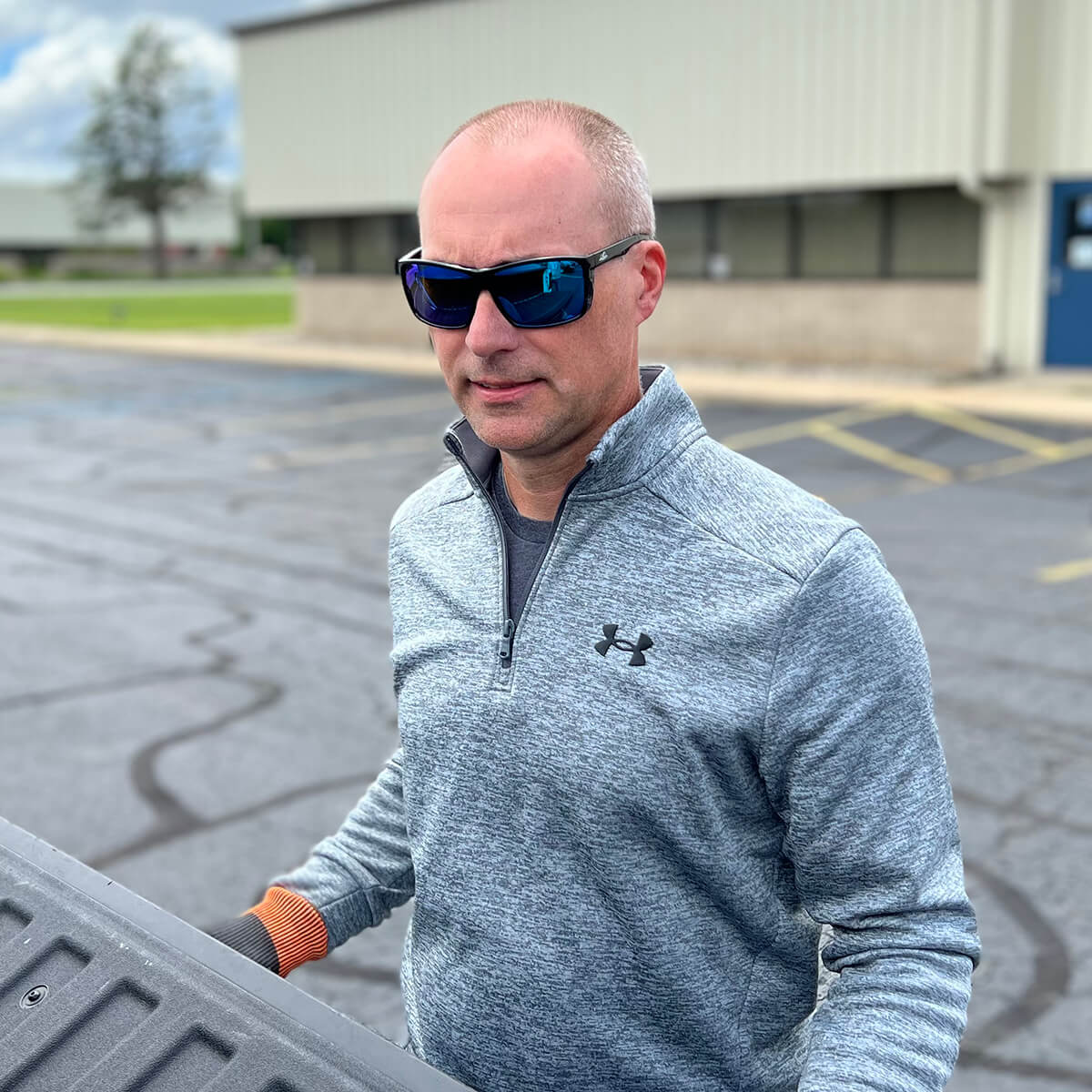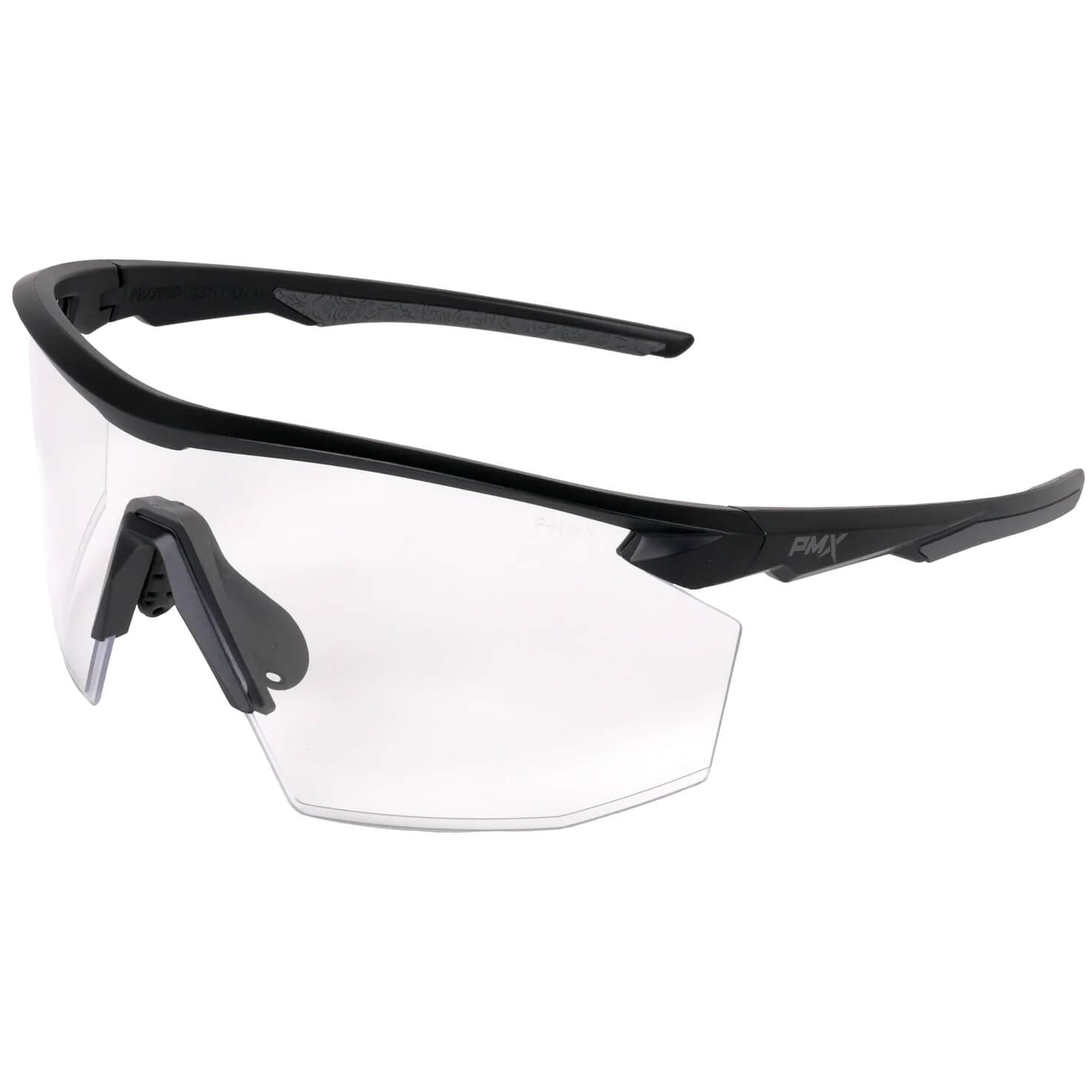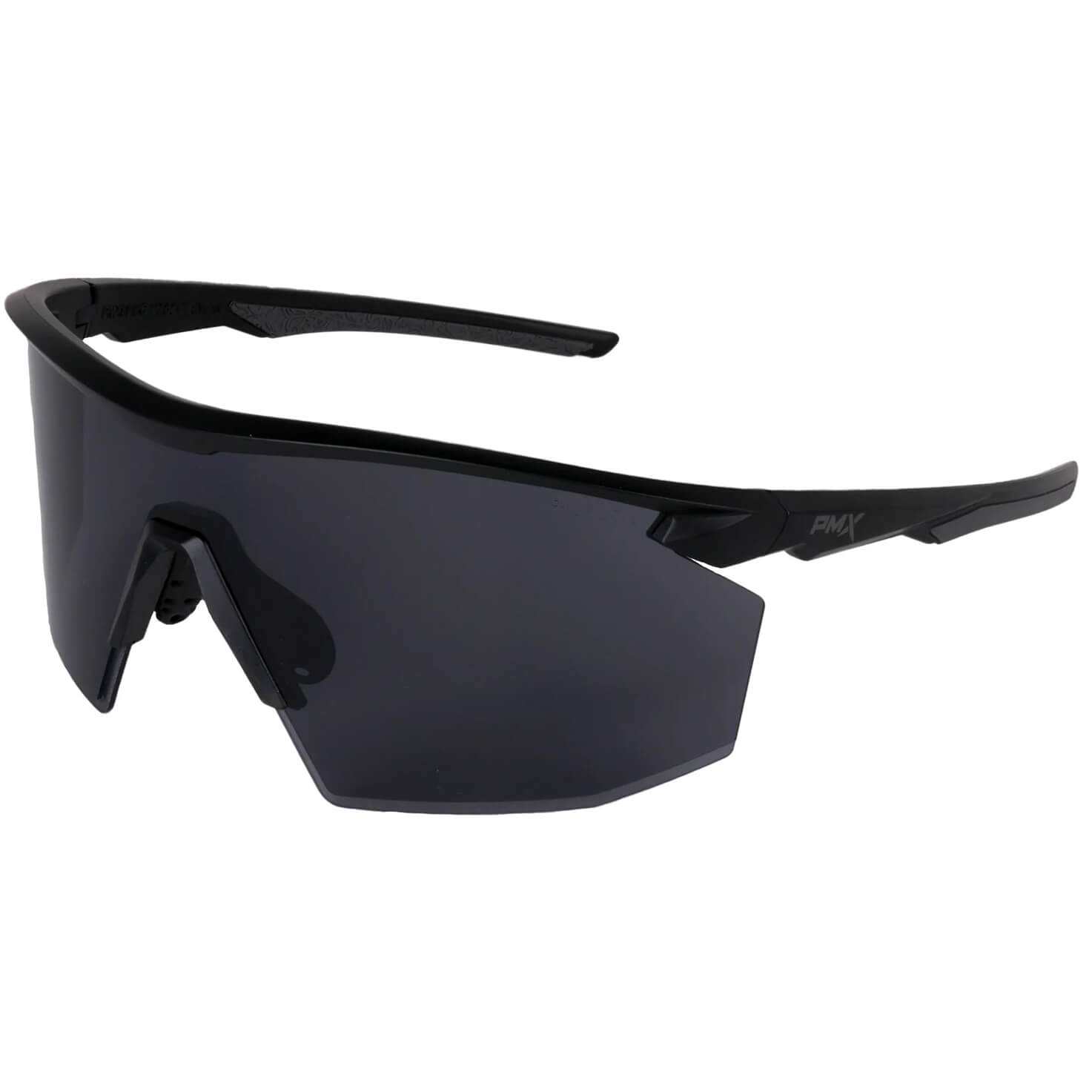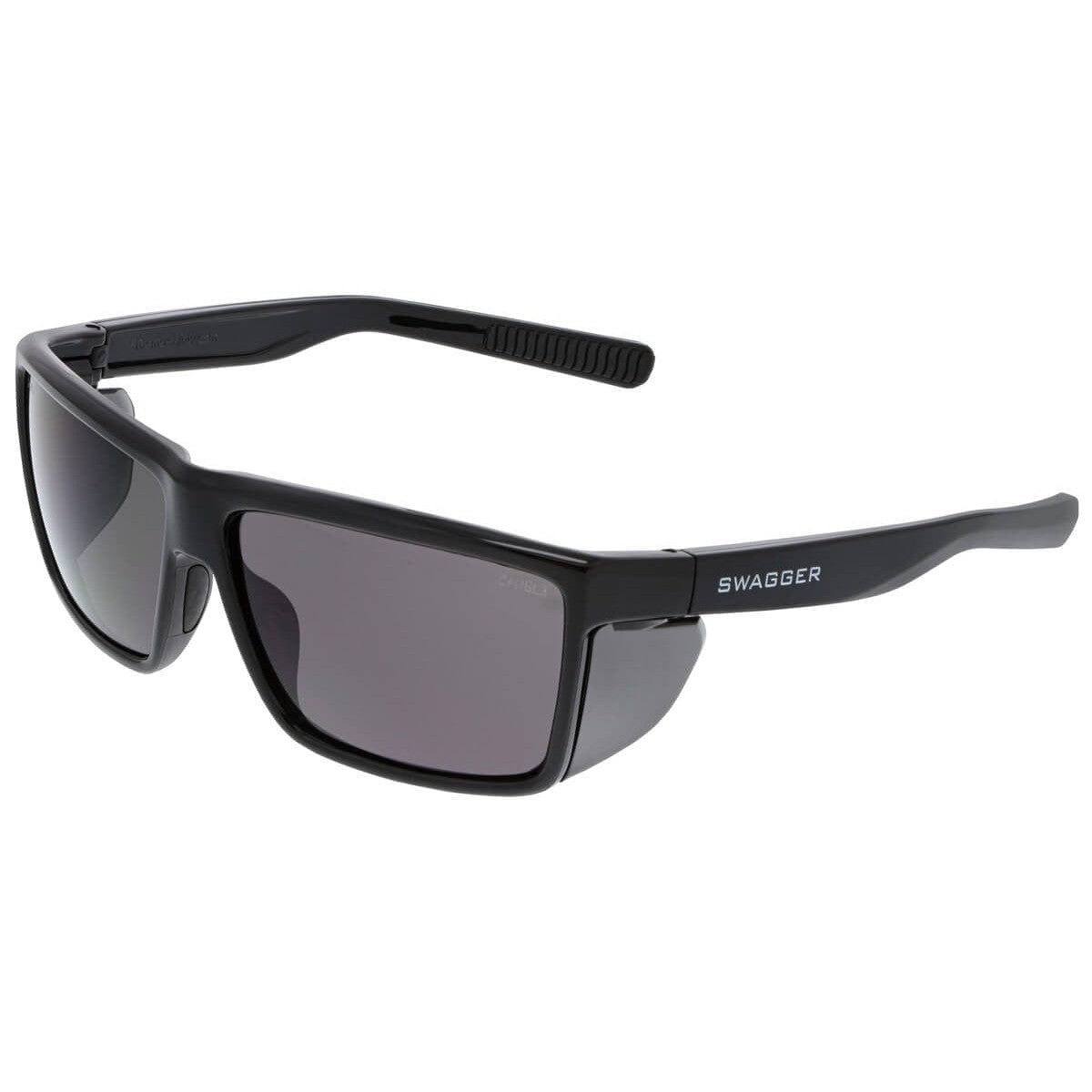You should wear safety eyewear because it protects your eyes from many hazards at work, at home, and outdoors. Protective eyewear saves businesses and workers a tremendous amount of time and money. Also, wearing safety eyewear can significantly impact overall long-term eye health.
Safety Eyewear Is The Best Defense Against Eye Injuries
The Department of Labor's (DOL) Bureau of Labor Statistics (BLS) reports...
"1,000 eye injuries occur daily in the workplace."
Also, Prevent Blindness America estimates that...
"125,000 eye injuries happen in the home every year, and over 40,000 sports-related eye injuries take place yearly."
While the numbers are startling, even more eye-catching is that eye injuries are the most preventable cause of blindness. Even diseases like glaucoma and macular degeneration don't cause as many cases of blindness as eye injuries.
Numerous safety experts and medical professionals believe that...
90% of all eye injuries are preventable by wearing appropriate eye protection.
Anne Sumers, MD, ophthalmologist and clinical spokesperson for the American Academy of Ophthalmology (AAO), notes…
It takes “very little effort to protect yourself from on-the-job hazards that can cause blinding eye injuries. We strongly advise workers and their employees not to let their guard down when it comes to eye protection.”
Best Case Scenario?
Many people do not heed such advice, unfortunately. EHS Today reports that...
"About 60% of eye injuries in the workplace happen to individuals not wearing any eye protection."
The remaining 40% of eye injuries happen to those wearing the wrong safety eyewear for the task at hand. The AAO says that 65% of individuals do not wear protective eyewear when working at home. This is especially unfortunate since home-based injuries are increasing and nearing the yearly total for workplace eye injuries. Even though, notes ASOT President Ferenc Kuhn, MD, Ph.D., slipping on a pair of safety glasses is quick and easy…
“Many people often fail to do so. Compared to other common-sense safety steps such as wearing seatbelts, using protective eyewear does not happen frequently enough."
The best-case scenario is that eye protection prevents an injury from happening in the first place. At a minimum, they almost always lessen the severity of an injury and prevent permanent eye damage.
Workplaces Require Safety Eyewear
The Occupational Health and Safety Administration (OSHA) is the agency of the DOL responsible for setting and enforcing protective workplace safety and health standards. Their standards include guidelines and requirements for selecting the best safety eyewear for virtually every workplace situation.

Selecting the correct safety eyewear for the job is critical.
OSHA mandates the use of ANSI Z87.1 certified safety eyewear and requires employers to provide appropriate eye protection for the particular hazards involved with any task. Employers who fail to do so are subject to fines ranging from $12,500 to $125,000 for each instance.
These standards and requirements by OSHA ensure the safety of all employees in the work environment.
Safety Eyewear Protects Against a Myriad of Hazards
Hazards involve any potential danger or risk in workplaces, at home, and during recreation. These threats include physical, chemical, and biological hazards.
Eye Hazards exist in every workplace, but some jobs have a higher risk than others. According to the BLS.
- More than 40% of workplace eye injuries occur among craft workers such as plumbers, repairers, carpenters, and mechanics.
- Around 33% happen among equipment operators, such as assemblers and sanders.
- Of the total number of injuries, almost half took place in manufacturing.
- Just over 20% happened in construction.
The BLS also says that.
70% of eye injuries in the workplace involve flying or falling objects or sparks while about 20% of workplace injuries involve contact with chemicals.
Other causes of frequent eye injuries come from swinging objects like tree limbs, ropes, and chains and from other workers' tools.
Eye Hazards Lurk At Home Too
Hazards also exist in the home, with yard work, power tools, and chemicals being the top culprits. Common injuries from at-home hazards include:
- Metal or wood splinters when using power tools
- Flash injury when welding
- Foreign object or blunt force trauma during yard work
- Chemical splash when cleaning.
Even bungee cords and frying pans often cause eye injuries at home.
Using Protection Is Always A Good Idea
During recreation, the biggest culprits for eye injury are during sports and around fireworks. Basketball, water and pool activities, guns, and baseball/softball cause the most sports-related injuries.

Safety eyewear should always be worn when handling fireworks!
About 10,000 people receive treatment annually for fireworks-related injuries. Half of those injuries occur on the 4th of July, and a third involve serious eye injuries.
Across the board, protective eyewear protects against serious injury from virtually every eye hazard. In fact, wearing safety eyewear prevents 90% of serious eye injuries.
Types of Protective Eyewear
Protective eyewear includes safety glasses, goggles, and face shields. Common hazards include chemicals, corneal flash burns, pollen, dust, and the blunt force of large objects.
The key to selecting the appropriate safety eyewear requires a proper assessment of the potential hazards in your area.
- In the workplace, this means having and following recommendations of safety experts at OSHA as well as performing regular safety audits.
- At home, it involves, at a minimum, wearing standard safety eyewear for yard work, house cleaning, and whenever working with power tools.
- During recreation, it means using what experts recommend for specific activities.
Though hazards sometimes present themselves unexpectedly, a person can be sufficiently equipped when they are most likely to occur. Besides, with the many choices in safety eyewear available, increasing the chances of a positive outcome from an accident has never been easier.
Preventing Eye Injuries Saves Time and Money
Wearing protective eyewear regularly, especially when the potential hazards are most likely to cause injury, saves hundreds of thousands of dollars by preventing and lessening the severity of injuries.

Wearing the correct safety eyewear prevents 90% of serious eye injuries.
OSHA estimates the yearly cost of occupational eye injuries to be about $300 million, including medical expenses from doctor visits, treatments, and surgery, compensation for sustained damage, and at least partial reimbursement for lost wages. There are often legal costs involved as well.
Then there are the indirect costs involved, some of which cannot be quantified. They include pain and suffering of the employee, customer quality issues, loss of business, overtime costs, time, and interruptions in productivity. There are also often additional costs associated with the impact on overall employee morale because of accidents.
Safety eyewear, many costing just a few dollars, are a cost-effective solution for comprehensive eye protection. Employees who consistently wear safety glasses prevent having to pay the rising costs associated with eye injuries. Safety eyewear saves both time and money by preventing many injuries from happening in the first place. They also reduce the severity of the injuries that do occur.
The Benefits of Safety Eyewear Go Beyond Safety
The choices in safety eyewear abound with various frame styles and lens colors. Safety eyewear exists for everyone, from motorcycle riders and athletes to construction workers and welders. In addition to preventing most eye injuries, the benefits of safety eyewear go beyond protection from everyday hazards.
With the right lens choice, safety eyewear can also enhance vision and help a person see clearly. Lens options ranging from anti-fog and polarized to a variety of lens tints increase comfort and convenience for many conditions.
Sun Safety
Most safety eyewear shields eyes from the harmful rays of the sun. Today's polycarbonate lenses provide 99% protection from harmful UV-A and UV-B rays. This feature effectively prevents eye illness and disease caused by long-term exposure to the sun.

Most safety eyewear uses polycarbonate lenses, which naturally block 99% of harmful UV light.
Adverse effects of the sun on the eyes include cataracts, macular degeneration, benign eye growths, and skin cancer. Therefore, ultraviolet awareness is also vital concerning long-term eye health.
Specific Health Challenges
Another way safety eyewear goes beyond protecting eyes from hazards comes from research involving specific health challenges. This new research shows:
- The Benefits of Copper, Orange, Yellow, And Brown Lens Tints aid sleeping problems, bipolar disorder, and macular degeneration.
- How Computer Safety Glasses and digital eyewear help prevent computer vision syndrome (CVS).
Don't Forget The Kids
Consistently wearing safety eyewear also sets a healthy example for children, one of the most prominent victim groups for eye injuries. Not only do children need eye protection, but setting the example will significantly reduce the risk of an eye injury for a lifetime. In addition, as children grow up, they will already understand the importance of protective eyewear, making their transition into the workforce easier and safer.
No Valid Excuse
Poor fashion and discomfort are no longer valid excuses for not wearing protective eyewear. On the contrary, today's established safety standards, expert advice, and a variety of brands make choosing protective eyewear easier than ever.
Considering all the facts, there's no good excuse for not wearing safety eyewear. You should always protect your vision at work, home, or outdoors. The bottom line is that your eyesight is irreplaceable, and the best way to preserve your vision is to safeguard it.

